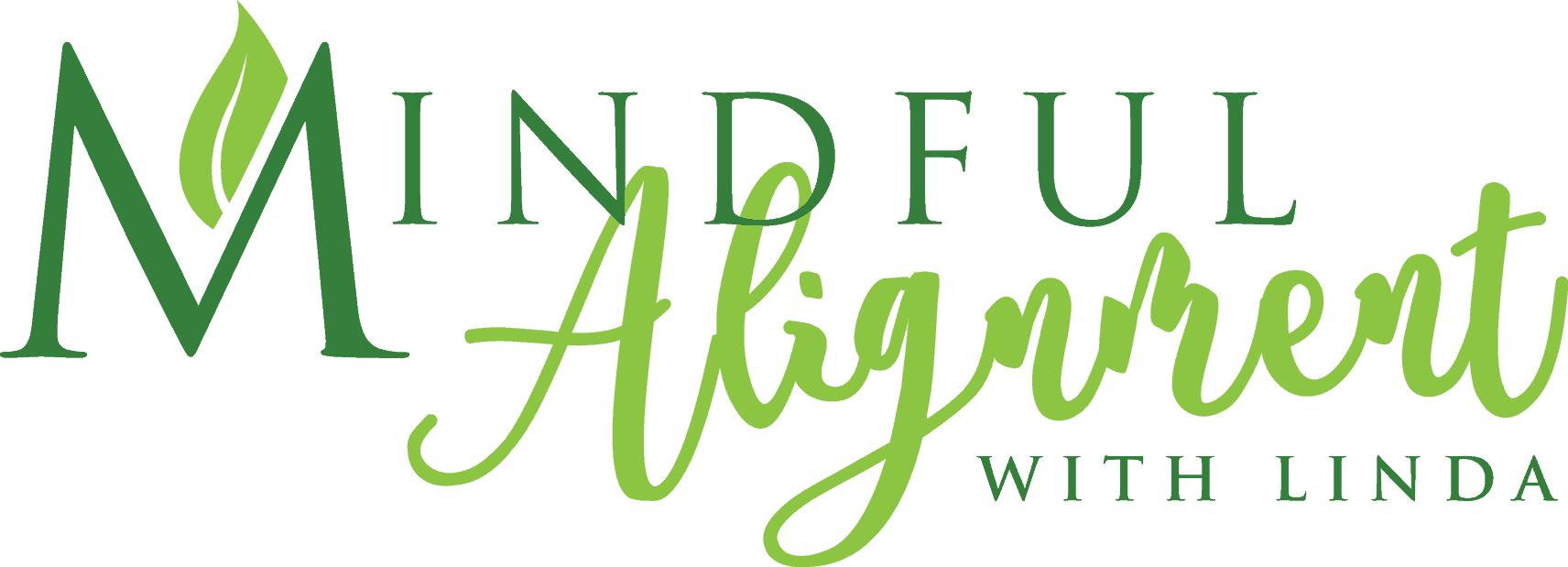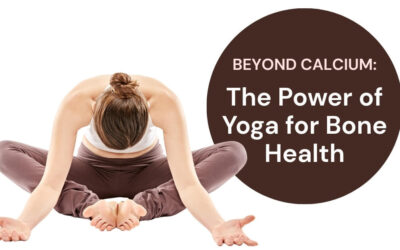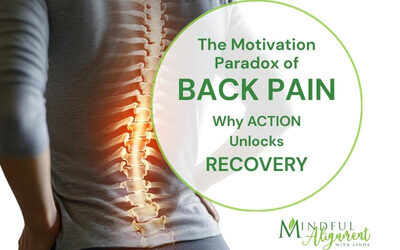Neck Pain Causes & Prevention
Research Shows an Alarming Increase in Neck Pain
As mentioned in my previous article, Preventing Back Pain, having the head and shoulders forward, positions the head out of its natural alignment. When the head is in front of the spine, there are potential negative consequences. The head becomes heavier, thereby putting more strain on the cervical vertebrae (spine). Also, arthritis may develop, blood flow to the brain may be reduced, and nerves may become impacted.
Recently, I had the opportunity to listen to a professional discussion between a biologist and a biomechanist. They were discussing a recently released research paper on neck pain. It would seem that physicians in Australia have noticed an alarming increase in neck pain among younger people.
More Young Adults are Developing Exostosis
The University of the Sunshine Coast, Queensland, Australia, published a paper* comparing the cervical x-rays of young adults with older adults. Further investigations revealed that people are developing exostosis at the back of the head just above the area where the cervical vertebrae and the base of the skull come into proximity with other.
What is exostosis?
It is extra bone growth – – that is benign, but that can be symptomatic of other issues. If this growth was in your foot, a physician might label it a “bone spur.” A surprising 40% of the people between the ages of 18-30 were found to have these “bone spurs” – – something that one would only expect to see in older populations.
What Does Research Say is the Primary Cause?
Our sedentary lifestyle and the lack of strong back muscles may contribute to this issue. Most people sit at a desk all day where their muscles are not being used.
However, it’s not just the use of technology, but the amount of time we use the technology. Another study concluded that cell phone usage has risen to almost 5 hours per day, mostly with the user in the head-forward position.
Further, this research suggests that the recent shift in the culture to have one’s head down and in front of the spine a significant amount of time – – could be a significant contributing factor to the rise in cases of exostosis. Thus, the use of technology has in part increased the amount of time our head is out of alignment. If you took piano lessons as a child, you might recall that constant looking down hunched over the keys was not part of the piano practice. It was the opposite. You were probably taught to “sit up straight.”
Overall, poor body alignment (posture) has become the norm. We sit 5 days a week at work. Cell phone and tablet usage are almost 24/7. According to this study, these habits called repetitive stress inducers, that stress our neck is causing exostosis and neck pain.
Further study about consequences needs to be done. We will not know the consequences of having the head in a forward position for many years, maybe 20 years or more.
What we Know For Certain…
Neck and back pain complaints are increasing at an alarming rate. How you use your body has an impact. Having the head forward, not aligned over the spine, has potentially major consequences. Why risk it? Take steps now to assess your body’s alignment (posture) and track and reduce the amount of time you spend in this head-forward position.
As Someone who has Extensively Studied Biomechanics, Here’s what I suggest You Do:
- Use a standing desk. If available, use a standing desk accessory to convert a regular desk for standing operation.
- Do exercises to balance the front and the back of the body.
- When exercising, keep the shoulders rolled back, chin level with the floor and the head aligned over the spine.
- Daily, stand against a wall to press the shoulders and head back, with chin kept level with the floor.
Future articles will share relevant research with all of you as it becomes available. If you see value in having my help assessing your alignment &/or your other wellness challenges, schedule a private consultation for an assessment.
[Full disclosure: I do not possess the training of a biologist. However, I have extensively studied “biomechanics.” Therefore, I was able to follow the conversation from a biomechanics perspective. Even the biomechanist seamed challenged about understanding some of the biology terms. The questions they asked each other in explaining the research paper from each perspective helped me to understand the research paper and the impact on one’s health.]
• David Shahar & Mark G. L. Sayers, Prominent exostosis projecting from the occipital squama more substantial and prevalent in young adult than older age group, February 2018.
Related Articles:
Beyond Calcium: The Power of Yoga for Bone Health
Discover how yoga supports bone health and osteoporosis prevention. Learn science-backed poses that strengthen your skeleton and reduce fracture risk.
The Motivation Paradox: Action is the Catalyst for Healing Back Pain
Discover the Motivation Paradox of Back Pain—why waiting for motivation keeps you stuck and how action is the true catalyst for healing. Learn science-backed strategies to break the pain cycle and reclaim mobility.
Transform Back Pain Anxiety: From Uncertainty to Empowerment
Discover how to navigate pain anxiety with empowerment. Embrace uncertainty and reclaim your healing journey through mindfulness and resilience.
Transforming Your Relationship with Back Pain: A Mindset Revolution
Back pain is more than a physical challenge—it's a profound psychological journey. The real battle isn't just in your muscles and joints, but in your mind. Your thoughts can either be a prison or a pathway to healing. Reframing Your Inner Narrative When chronic pain...




